Why be prepared for power outages in cold weather?
From celebrating holidays to snow related activities like skiing or snowboarding, followed by curling up by the fire and enjoying hot chocolate with a good book or your favorite website (;-), winter can be a beautiful time of the year. However, the enchanting snowy season can also come with its own challenges, especially during what we refer to as extreme weather or extreme climate events. Unexpected and severe weather that is far beyond the historical range has now become the new norm.
Most often, extreme events are based on local recorded weather history and are defined as being those in the most unusual ten percent. Most commonly that refers to heat waves, cold waves and tropical hurricanes or cyclones. These extreme weather events are happening more frequently, and it's best to be ready for them.
This is one of the reasons that the Ecohome Network advocates for building homes better than basic code, reducing our basic reliance on fossil fuels like natural gas or heating oil.
This is done by insulating homes, reducing air leaks, and replacing inefficient heating systems with modern high-efficiency electric heating systems like heat pumps. Not to mention that simply building warmer, more comfortable homes that are more resilient to extreme weather events makes sense.
Better built homes keeps occupants more comfortable, and saves money by reducing the amount of energy bills over winter and summer. And homes built more sustainably have higher resale than code built homes, especially in the future when mandatory energy labeling for homes becomes a reality in North America as it has in Europe.
Here though, we're concentrating on how to survive a power outage in cold weather, because as we see almost every year this advice may come in very handy...

What the ice storm of 1998 taught us about power outages in cold weather
In winter, snow storms and ice events can cause failures in power lines, leaving homes without warmth for hours, days or even weeks. The North American ice storm of 1998 (also known as the Great Ice Storm of 1998 or the January Ice Storm) was a terrible combination of five smaller successive ice storms.
That storm system struck a relatively narrow band stretching from Eastern Ontario to Southern Quebec, New Brunswick and Nova Scotia in Canada, and from Northern New York to Central Maine in the United States. The storms caused massive damage to trees and electrical infrastructure throughout the area as the freezing rain fell and the ice overloaded power cables and trees, leading to widespread long-term power outages.
Millions were left without power for days to several weeks, and in some isolated instances for months. That storm and accompanying power outages led to 34 fatalities, a shutdown of activities in large cities like Montreal and Ottawa, and a huge investment to reconstruct the electrical power grid. The ice storm led to the largest deployment of Canadian military personnel since the Korean War, with over 16,000 Canadian Forces personnel deployed, 12,000 in Quebec and 4,000 in Ontario at the height of the crisis.
What these ice storms taught us are that winter power outages can be scary. Supplies can run short as we can be stuck at home for days without any backup heating equipment to keep us warm.
Even worse, pipes may freeze and burst, damaging household items and home interiors, and ice dams can form in gutters. This damages roofs and homes with unexpected water ingress from melting snow, which also puts basements at risk of flooding.
In addition, power surges can affect electronic appliances, including HVAC and HRV / ERV units, electric furnaces and Heat pumps. However, there are steps to take to minimize the risks of power outages in cold weather and winter storm conditions.
Preparing for a winter storm and power outages
Before a forcasted extreme weather event arrives, it's always good to be prepared in advance. Here is a checklist of some essentials for being prepared for power outages:
- Set refrigerator and freezer to coldest temperature and stock up with basics you can cook easily or that can be safely eaten cold.
- Make sure you have some basic canned foods and a can opener.
- Check flashlights and battery powered radios still work.
- Have extra batteries on hand, including the ones needed for gas insert fireplaces if you have one.
- Fully charge cell phones, tablets and laptops, and make sure someone in the household knows how to activate and connect to a mobile hotspot.
- Check that smoke and carbon monoxide detectors are working correctly and have fresh batteries.
- Prepare alternative heating supplies (firewood, wood pellets, propane or butane as last resorts).
- Start generators outside to ensure they are working and have a few cans of fresh gas somewhere safe.
- If you rely on well water, fill the bathtub with water for flushing toilets if the pump stops operating.
- Have a handy supply of blankets and cold weather clothing.
Even if a power outage just happened and you didn't have the time to prepare all the above, certain actions like checking the operation of carbon monoxide detectors and finding extra blankets and coats etc, is still a good idea.

Tips for staying warm when the power is out
Here is our checklist for the essentials for staying warm during power outages, and the best actions to take to help survive them. Remember, sometimes the best action is to not act unnecessarily. Remain sheltered where you are if it's safe rather than risking your safety by attempting to relocate.
- Check with your power company for regular updates. Many have outage maps and information on their websites and knowing the likely duration of the power outage helps define the severity of the actions necessary to survive during extreme conditions with the loss of a primary heat source or electrical power.
- If conditions appear dire and there's no news about when the power outage should be fixed, use finite resources sparingly and wisely to conserve them. For example, if there are multiple mobile phones in the home, nominate one for emergency use and turn it off to conserve its power.
- If it looks like the power is going to be out for a number of days and it's very cold outside, then we'd suggest insulating the water supply into the home, and draining down the water system (except a well-insulated hot tank full of water which should be fine).
- Use 911 for true emergencies only, where someone is in imminent danger of harm and needs assistance to prevent it.
- Let friends or family know where you are, how you are doing, and be sure they are safe as well. Check in on those you think may need assistance.
- Use flashlights, instead of candles, as much as possible to avoid the risk of fire or VOC inhalation.
- Take safety precautions if using a generator or alternative heat source. Never run generators or unvented fossil fuel burning devices indoors where carbon monoxide can cause harm.
- If you lose your primary source of heat due to a power outage, close the doors of unused rooms and place towels on the bottoms of doors to prevent drafts. Cover windows that don't have direct sun with extra blankets to reduce heat loss, and uncover windows if the sun is shining in to capitalize on the free heat.
- Open exterior or interior doors as little as possible.
- Eat little, and often. Keeping our calorie intake up gives our bodies the energy we need to keep warm (and it's a largely positive morale booster too!). For the nerds out there, the current U.S. Military Recommended Dietary Allowance (MRDA) for males in environments that are colder than 57°F (14°C) is 4,500 kcal per day.
- Unplug sensitive electronics to protect them from potential power surges when the electricity supply is restored.
- Know and watch for signs of frostbite and hypothermia.
How to survive winter cold without electricity
First and foremost, it's important to stay informed about the status of the power outage. If it's a widespread outage, listen to the news or check the website of your power company for updates. If it's a local outage, try calling the power company or your neighbors to see if they are experiencing the same issue.
Once you know the status of the power outage, it's time to take well considered action. If the outage is expected to be brief, you can simply wait it out and keep warm (as suggested above) by layering your clothing, using blankets, and closing off any rooms that are not in use to conserve heat. If the outage is expected to last longer, you may need to take more drastic measures.
One option, especially if relying on electricity for the home heating like an electric furnace, baseboard heaters or a heat pump, is to use a backup heating source, such as a wood fireplace, wood burning stove, or portable heater. Make sure to follow all safety guidelines when using these types of alternative heat.
It's also a good idea to have some backup fuel on hand, such as extra wood or propane, in case the power outage lasts longer than expected. Gas stoves should not be relied upon for backup heat, as gas cooktops and stoves emit dangerous noxious fumes and should never be used without stove hoods running, which in effect defeats the purpose of running it for heat.
Only leave your shelter in cold winter conditions and power outage if absolutely necessary
Most people who perish during extreme cold weather events do so outside the home, as cold winter temperatures paired with wind can cause severe injuries and even death if outside and exposed. When using a vehicle to evacuate to a warmer place during a power outage, prepare everything to take with you as if the vehicle is going to break down or get stuck in a ditch.
This may be likely, and the vehicle alone should not be relied upon to keep you warm and protected. A broken vehicle that won't run, or an electric vehicle with dwindling batteries, can very rapidly turn into an icy coffin.
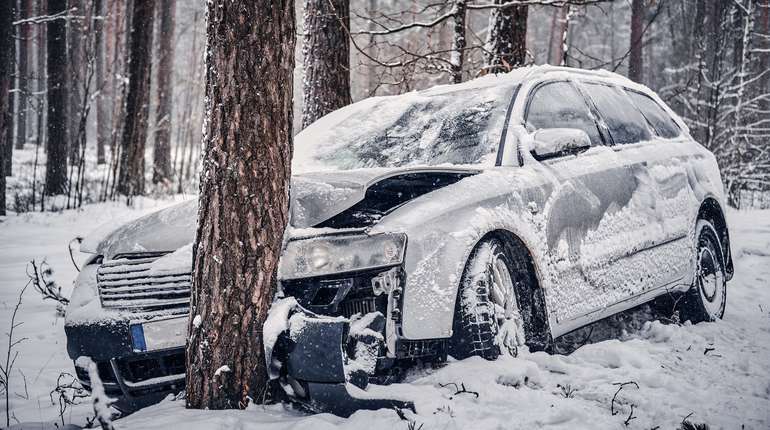
If the benefits of going outside during a power outage outweigh the potential dangers:
Have a realistic destination to get to where it's known in advance that conditions are better for comfort and survival. This could be a friend or family member's home, a shelter, or even a hotel on the outskirts of a town. Better to have too much cold weather equipment and emergency rations rather than not enough.
If going outside in extremely cold conditions, take extreme precautions
Be very aware that in extreme cases, frostbite can lead to needing amputations. And hypothermia, the most serious of cold weather complications,can quickly lead to confusion, brain damage and then death.
At 5°F, ( -15°C), hypothermia becomes an increasing concern, and when the wind chill reaches -31 Farenheit, ( -35°C), or colder, exposed skin can freeze in as little as 10 minutes. Ecohome has the following tips to prevent cold weather from becoming a life-threatening event if you feel you have to head out during a power outage:
- At risk of overstating the obvious - wear a hat, gloves or mittens and neckwarmer to prevent heat loss from exposed extremities and protect ears and fingers from frostbite.
- Wear a neck warmer or scarf to protect the chin, lips and cheeks - all are extremely susceptible to cold weather injuries.
- Wear waterproof winter boots with room for an extra layer of socks and take extra socks too.
- Drink warm fluids and avoid drinking alcohol. Alcohol promotes cold weather injuries and accelerates heat loss as it encourages blood to migrate to the skin's surface.
- If you start to sweat, cool off a little. If your clothing gets wet, change into dry clothes as soon as possible. Wet clothes also encourage cold weather injuries and excess heat loss.
- Wear clothes in layers for maximum warmth (see diagram below) and forget looking fashionable.
- The inner clothing layer (closest to the skin) - should have "wicking" properties to move any moisture away from the skin - Merino wool is one of the best moisture-wicking fabrics available. It is a natural fiber that is breathable and merino wool is now available in lightweight fabrics that are ideal as undershirts and that lose the itch from regular wool or hair shirts!
- Clothing middle layer - should be the main insulating layer to prevent loss of your body heat while keeping the cold outside air away - this is frequently the bulkiest layer as it needs to trap a significant amount of air to work effectively.
- Layered clothing outer layer - should be the "windbreaking" layer to reduce the chances of cold air reaching the insulating layer, and ideally this should also be breathable and water resistant. From personal experience, if there's anything worse than being cold, it's being wet and cold...

It's also important to stay safe during a power outage. Keep a flashlight and extra batteries on hand, and be very careful when using candles or other open flames. If you rely on medical equipment that requires electricity, make sure to have a backup plan in place.
After a power outage in cold weather
After a prolonged power outage of more than 24hrs - once the power comes back on and the home's occupants are feeling warmer and functioning normally, and once it is safe to venture outside here's a checklist of the essentials:
- Let others know you're safe and well. It's pointless to have emergency services or family and friends putting themselves in danger if you're fine and the power is back on.
- Be careful around and within 10ft of downed power lines. Assume they are live and never touch them or drive over them as serious injury or property damage can be the result.
- Check for water leaks, wet patches on ceilings and for any basement flooding. Insurance policies often have limiting clauses for how quickly problems should be reported, and the sooner you know that you need a reliable professional who can come and help resolve the problem, the better. You're unlikely to be the only one that needs help, and it's better that the insurance company take the responsibility if the damage becomes extensive (which with water leaks, it can).
- Throw away perishable foods that have been exposed to greater than 40 degree Farenheit (4 degrees Centigrade) temperatures for more than two hours - food poisoning isn't worth it, and again, insurance should cover it - and there's probably some wild neighbors who will be happy to help you dispose of it.
- If heating with a heat pump, it is probably a good plan to dress up warm, and venture outside quickly with a soft brush to clear off any snow that's accumulated on the exterior compressor housing. Follow manufacturers recommendations for restarting procedures for your heat pump.
- Safely put back all items, such as flashlights, batteries, candles, generators, to have them ready for the future.
- Be sure to have the phone numbers of your independent insurance agent and insurance company handy should you need to file a claim.
Losing power doesn't necessarily mean being powerless!
In summary, handling a power outage in cold weather successfully requires sensible preparations for survival without heating when it's cold outside, staying informed, taking steps to keep warm, and being prepared with a backup plan (or two). We are great believers in the military adage of the 5 P's:
Proper Planning Prevents Poor Performance!
(Or as I'm originally raised in the UK, and we have an affinity for pertinent profanity, the 7 P's! "Proper Planning and Preparation Prevents P!ss Poor Performance" ).
By following these guidelines above, and as we must electrify homes and home heating systems to reduce reliance on fossil fuels, we hope that we can help minimize the risks when losing electrical power to homes in cold weather, and if you've any feedback or suggestions, we'd love to hear from you in the comments section below. Built better, our homes become more resilient, less dependent on endless injections of energy, and so that is what is ideal to strive for. Stay safe and warm out there folks...
Author: Robert J. Pierson - Ecohome Network
See all posts by Robert J. Pierson
Now you know more about how to survive a power outage in cold weather, and why building better, affordable eco homes is important in changing climate conditions...Find more pages about sustainable and resilient green building techniques here:
Find more about green home construction in the Ecohome Green Building Guide pages or to learn more about the benefits of a free Ecohome Network Membership, see here. |





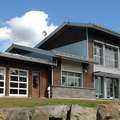






















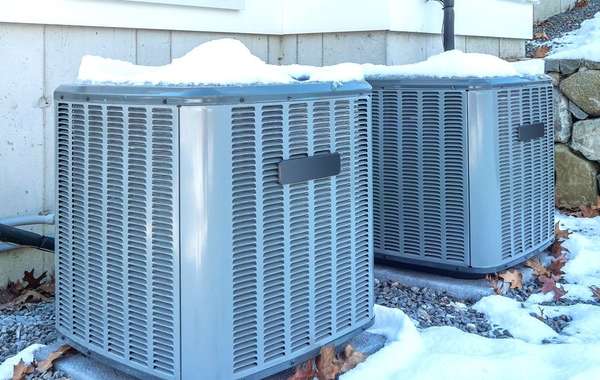


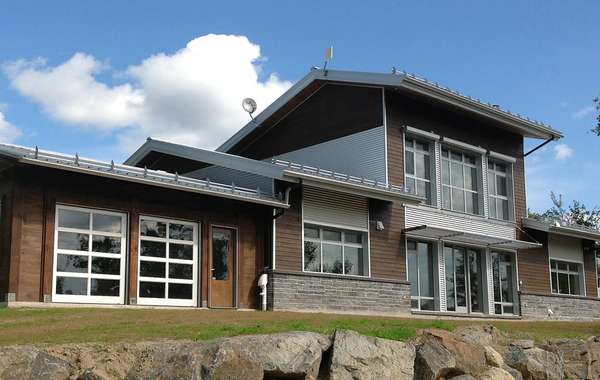

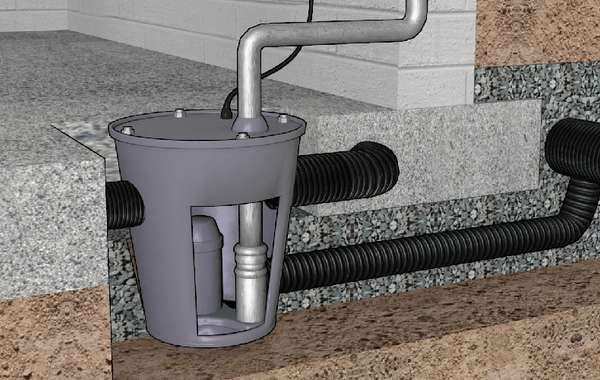

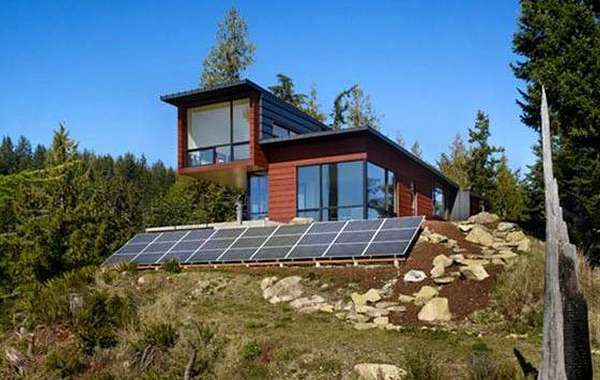
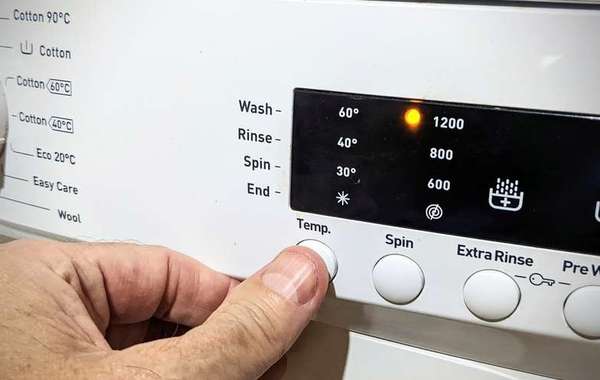
Comments (0)
Sign Up to Comment